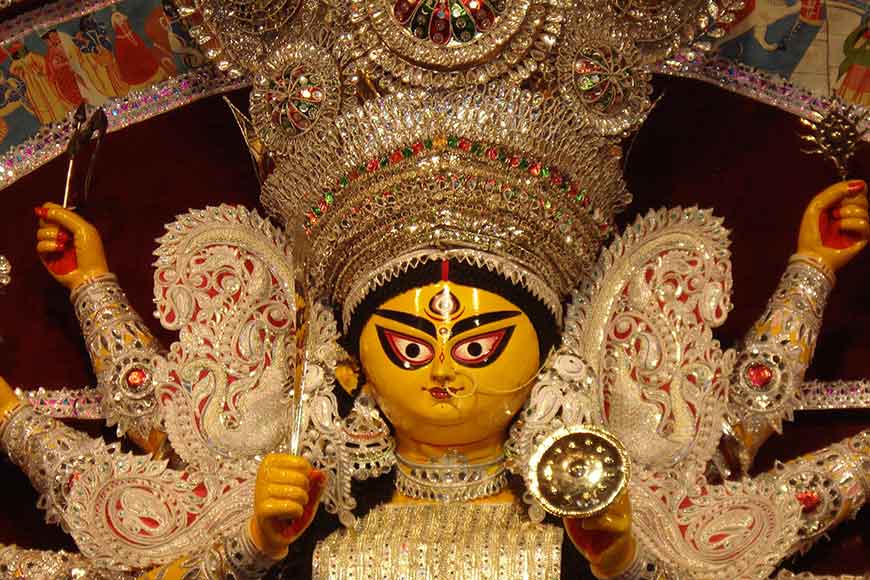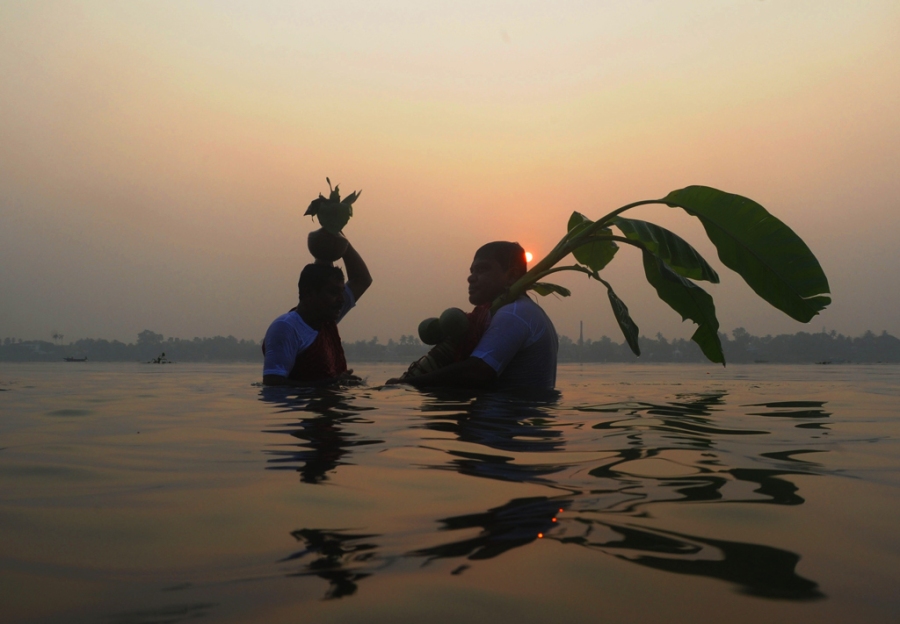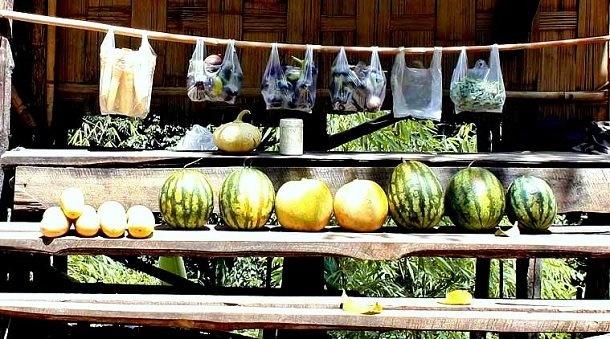The Kartabhaja sect, a prominent aspect of Bengal's religious landscape, symbolized rebellion against social hierarchies. While embodying an inclusive faith and egalitarian principles, it later transitioned into Satima Dharma. Ghoshpara's demographic shifts, influenced by historical events like Partition and British rule, significantly impacted the sect's evolution and syncretic nature.










